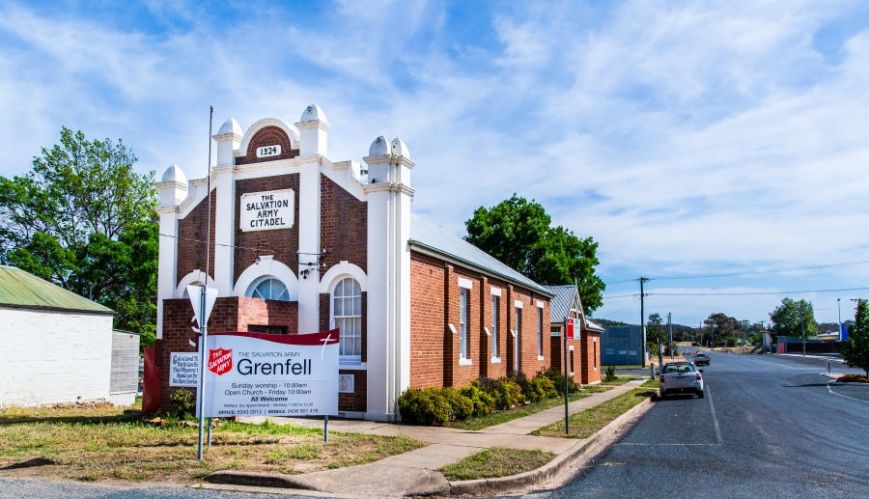The small matter of healthy churches

The small matter of healthy churches
20 March 2019
Grenfell Corps has an average attendance of 10 at Sunday meetings and another 10 people attend a Wednesday lunch.
“We are now entering the day of the small, and the smaller we go, the bigger our impact on the world can be.” This somewhat paradoxical quote is taken from Neil Cole’s book, Organic Church, and was prompted by research conducted by Christian Schwarz and the Natural Church Development initiative.
“The mentality in modern
Cole continues, “In his breakthrough book, Natural Church Development, Christian Schwarz conducted a global survey of the worldwide church and discovered seven important characteristics of a healthy church. One intriguing thing he also discovered is that smaller churches are actually healthier than the huge megachurches.
“He says, ‘The evangelistic effectiveness of mini-churches is statistically 1600
If this is the case, then it should serve as great encouragement for The Salvation Army and its numerous small corps dotted around Australia, the members of which faithfully serve in what is often a challenging environment.
Among those small corps is Grenfell, in the Central West of NSW, which is overseen by retired couple David and Heather Horneman. Grenfell Corps has an average attendance of 10 at Sunday meetings and another 10 people attend a Wednesday lunch.
These numbers might seem small but there can be no doubting that God is at work at the corps. Despite the obvious challenges, the Hornemans are still able to tell stories of people committing their lives to Jesus, with some becoming Salvation Army soldiers.
They are, they say, seeing spiritual growth in their people. The evangelical effectiveness of small churches, both in the short and long term, is something that is also not lost on retired Salvation Army officer Major David Woodbury.
In an article on his recently launched blog, ‘Woody’s Words’, David reflects on his own experience of attending a small corps and the continuing impact that has had on his ministry. In the article, he comments
He points to the fact that for many years, the larger number of cadets entering Salvation Army officer training were drawn from these small, often rural, corps.
David makes the suggestion that perhaps there was “a unique spiritual dynamic present, and there was something different about these corps that was a catalyst in the spiritual impact and development on individuals”.
It’s David’s concluding remarks, however, that arguably provide the greater insight into how Schwarz’s research could draw such a remarkable conclusion.
“I firmly believe it was that experience in that small Christian community that brought me to the place of obedience and surrender to God’s will for my life,” he writes. “I can’t prove Schwarz’s 1600
Scott Simpson is the Assistant Editor-in-Chief.